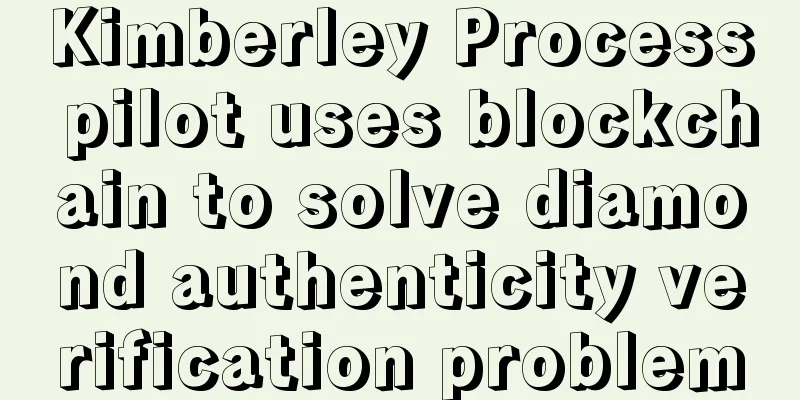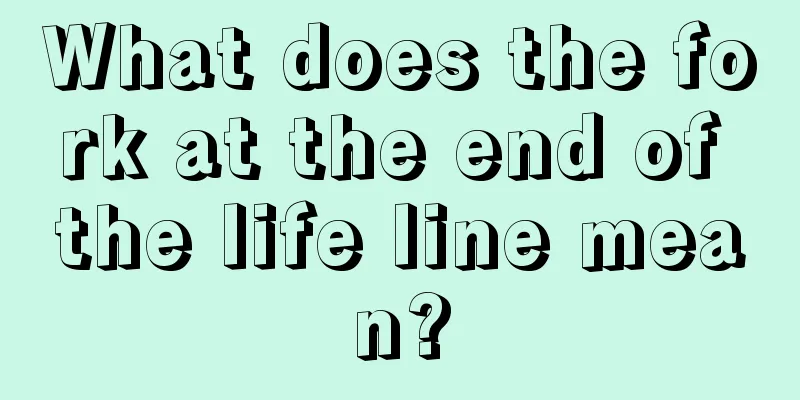Kimberley Process pilot uses blockchain to solve diamond authenticity verification problem

|
A new report from the chair of the Kimberley Process [1] (Kimberley Process International Certification Scheme) suggests that the UN-backed regulatory regime is moving toward blockchain solutions. It is reported that this internal trial was first announced at the beginning of this year, when the Dubai Global Blockchain Committee announced seven blockchain pilot projects, and the diamond authenticity verification project was one of them. While the report does not reveal many details (it has been promised that an update will be released in a few months), it also highlights the Kimberley Process’s continued interest in the application of blockchain in the supply chain field. The report states:
Participants hope to reduce the problem of fraud in Kimberley Process certificates or documents used to prove the legitimacy of diamonds. However, as Motherboard magazine has reported, the diamond certification system is rife with fraud, with numerous instances of forged certificates used to boost fraudulent diamond sales over the past decade. Therefore, people hope to introduce an immutable digital certificate to help alleviate the problem of certificate forgery. However, it should be clear that this solution is still in a very early stage of development. Notes (↵ returns to text)
|
<<: What is it like to trade Bitcoin in VR?
>>: WISeKey launches blockchain identity authentication app
Recommend
What does a mole on the toe mean?
What does a mole on the toe mean? A mole on the b...
Filecoin Plus Analysis: What is the 10x Effective Computing Power?
This article was originally written by IPFS Force...
What is the difference between peach blossom eyes and phoenix eyes?
Eyes are often likened to windows to the soul. Wh...
Palmistry for a stable job and smooth sailing
Many people would rather open their own business ...
Women with this kind of face will cause family discord
There are many factors that lead to family discor...
What does a mole on the tip of a man's nose mean? OK?
For men, having a mole on their face is not as fru...
How is the love luck when the marriage line is forked?
A person's destiny can be predicted from many...
Analysis of facial features of crooked nose
In physiognomy, if a person's nose is not str...
Your ears can interpret your love fortune
Your ears can interpret your love fortune The ear...
How to collect taxes on cryptocurrencies? Various countries have come up with measures to become the focus
Wu Shuo Author | Tan Shu Editor of this issue | C...
Self-cultivation of leeks: How to identify strong MEME coins
Preface Due to the unrestrained issuance of air c...
Bitcoin hits $71,000, analysts: next target is $83,000
In the last week of March, Bitcoin rebounded stro...
Zcash "friendly" forks out of Ycash. How can privacy coins get out of funding difficulties?
On July 19, according to explorer.zcha data, at 1...
Kusama’s “100x Split Proposal” Review: Was it doomed to fail from the beginning?
Within one day after the proposal was made, until...
Miners' daily income breaks through 100 million, setting a record. Can Bitcoin Runes take over the inscription wave?
Due to the new expectations brought by the founde...









